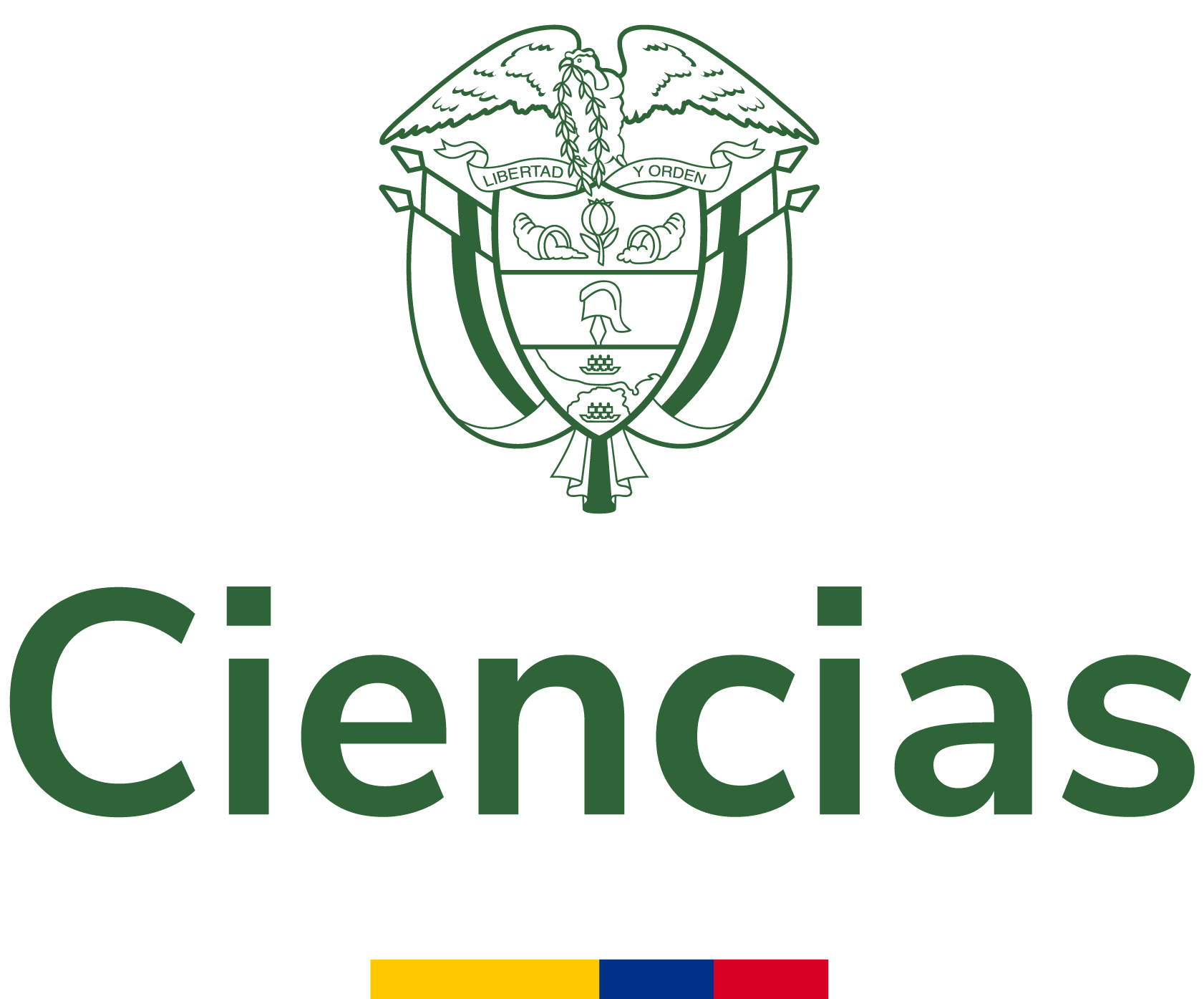The Covid-19 pandemic in low- and middle-income countries, who carries the burden? Review of mass media and publications from six countries
During the Covid-19 pandemic, rich countries employed lockdown and physical distancing policies for transmission control. However, the question still remains whether these measures are also suitable in countries with a fragile economy, which rests mainly on the informal sector. The impacts of lockdo...
- Autores:
-
Chackalackal, Dhia Joseph
Ad Al-Aghbari, Ahmed Asa
Yeon Jang, Su
Rivera Ramirez, Tatiana
Anand Joshi, Jose Vincentc
Banjara, Megha Raj
Peter Asaga
Cardenas Sanchez, Rocio
Carrillo, Maria Angelica
Villa, Juan Manuel
Diaz Monsalve, Sonia
Kroeger, Axel
- Tipo de recurso:
- Article of journal
- Fecha de publicación:
- 2021
- Institución:
- Universidad Francisco de Paula Santander
- Repositorio:
- Repositorio Digital UFPS
- Idioma:
- eng
- OAI Identifier:
- oai:repositorio.ufps.edu.co:ufps/7065
- Acceso en línea:
- https://repositorio.ufps.edu.co/handle/ufps/7065
- Palabra clave:
- COVID-19
corona virus
lowand middle-income
countries
socio-economic impac
- Rights
- openAccess
- License
- Está bajo una licencia Creative Commons Atribución 4.0 Internacional (CC BY 4.0).
| Summary: | During the Covid-19 pandemic, rich countries employed lockdown and physical distancing policies for transmission control. However, the question still remains whether these measures are also suitable in countries with a fragile economy, which rests mainly on the informal sector. The impacts of lockdown measures in disadvantaged population strata in six low- and middleincome countries (LMICs) were reviewed using i) 93 media reports and ii) 17 published scientific papers. This review showed that those who suffered the most from the lockdown were migrants, workers in the large informal sector, small businesses, slum dwellers, women and elderly, revealing the social, cultural and economic inequalities of societies. Financial and food support for the poor was inadequate and sometimes mismanaged. In the better organized societies, the resilience was stronger (South Korea, Kerala/India) but here also the poor had to suffer the most. It is strongly recommended that outbreak response strategies should particularly focus on the poor and vulnerable population. |
|---|






